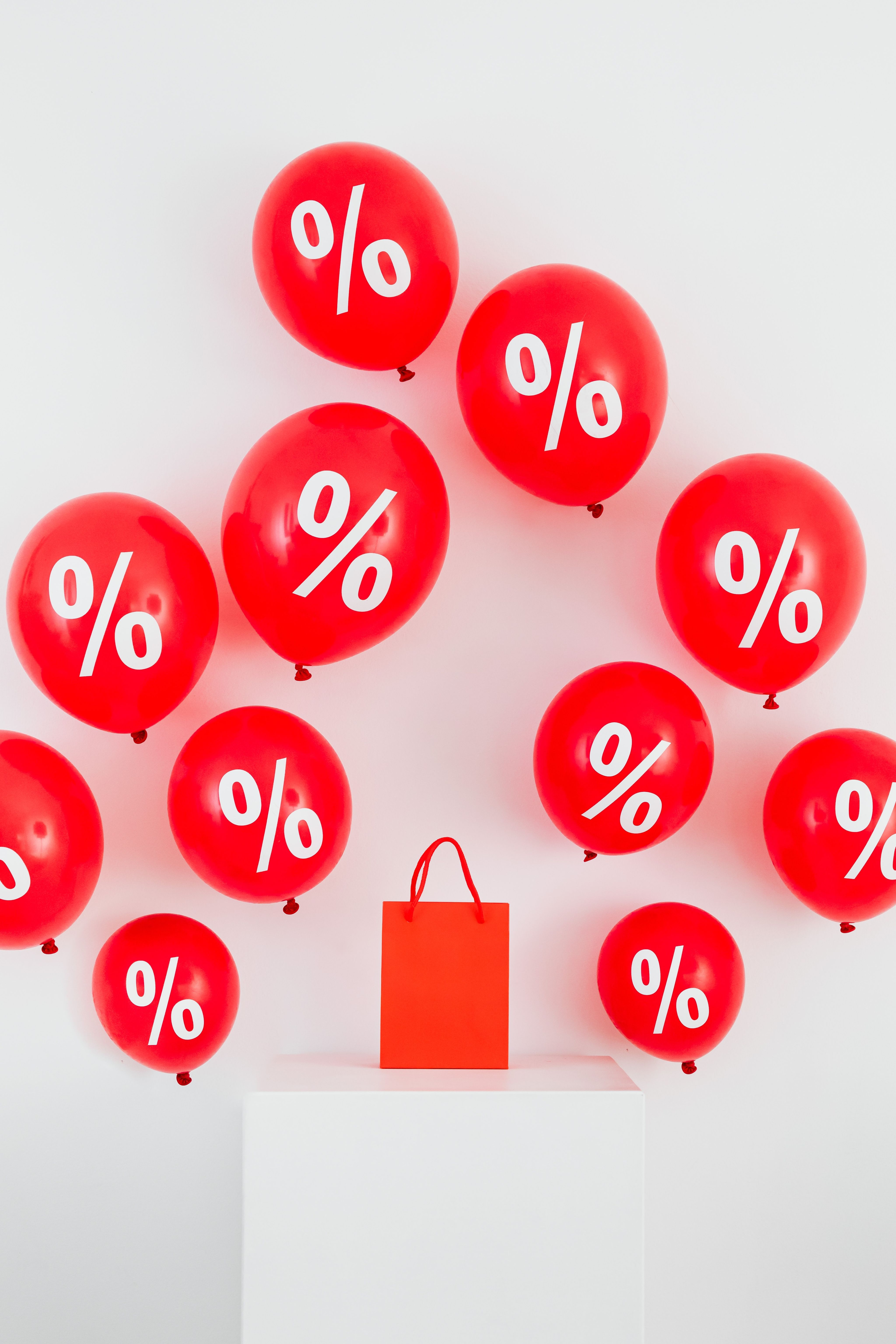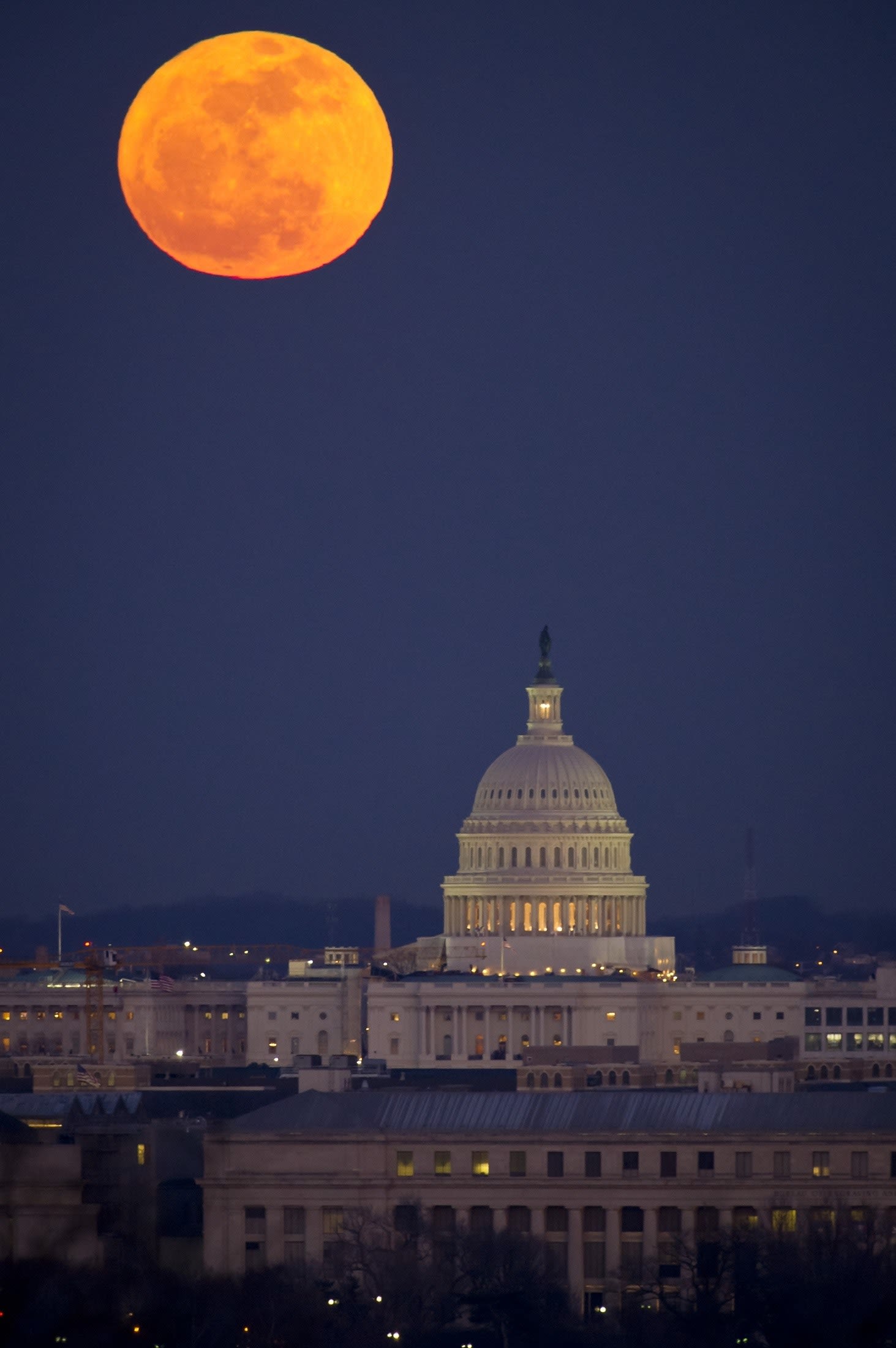Interest rates: Where are they going?
The Bank of England kept interest rates at an all-time low when the MPC met in November. But change is in the air.


Interest rates have stubbornly remained at historic lows for some time. However, Bank of England governor Andrew Bailey has hinted that the time for raising them again is coming closer.
According to our poll, many advisers are not unduly concerned about this prospect, anticipating that a rate rise is unlikely to harm investors. And fund managers are looking to their experience of managing multi-asset portfolios at previous times of rising rates.
But the economy is just getting on its feet again, post pandemic, and there are some headwinds on the way. So, can the UK handle the impact of an interest rate rise?
This article examines the outlook for UK interest rates, and is worth 30 minutes of CPD.
Advisers are split on the impact of rate increases on investors
A narrow majority of advisers voted that interest rates rising in the UK would not be harmful for investors, according to the latest FTAdviser poll.
The poll was conducted via Twitter and showed that 28 per cent of respondents view higher rates as good for investors, while 24 per cent said it would make no difference. This comes to 52 per cent over all.
In contrast, 48 per cent of those who responded took the view that a rate rise would be harmful.
Many market participants had expected the Bank of England to put rates up from the current record low level of 0.1 per cent at its November meeting.
However, the Monetary Policy Committee voted not to do so by a majority of seven to two.
Recent employment and inflation data have come in ahead of expectations, prompting further speculation among market participants that the UK base rate will soon rise, possibly at the next meeting in December.
The latest inflation data point came in at 4.2 per cent, which is more than double the BoE’s mandated target of 2 per cent. The employment data showed little negative impact from the end of the furlough scheme.



Interest rates and inflation, and opportunities
The prospect of interest rates rising creates general concern among consumers and investors
But actually, there is a well-thumbed playbook for how to manage a multi-asset portfolio in a world of rising rates, enabling investors to navigate the waters with minimal disruption.
Economies are based on supply curves and demand curves. In a perfectly functioning economy, those lines arc upwards roughly together, with the demand curve slightly steeper than the supply curve in order to stimulate future supply.
In times of recession, both curves steepen, with the causes of the recession determining which steepens first.
Interest rates generally fall in recessions, as policymakers try to steepen at least one part of the supply curve — the supply of money — in order to generate economic growth.
As economies exit recession, the level of demand rises, which steepens the demand curve, and the supply curve steepens as businesses increase production in order to meet the new demand.
In such a scenario, the low interest rates to increase the supply of money become otiose as commercial banks are keen to lend into an economy where growth is strong.
Interest rates may rise at this point in order to prevent the supply curve from steepening via the supply of credit, which could lead to a bubble in, for example, the housing market, which stores up problems for the future.
Trying to measure the period when the excesses are happening is very tricky, and usually revolves around policymakers trying to measure the output gap.
Central banks have a view on the long-term, or trend, rate of growth in an economy that can occur without inflation becoming a problem.
The output gap is the difference between the present rate of growth and the trend. In a recession, the actual rate of growth is negative, while the trend rate in the UK is probably between 1.5-2 percent.
So the gap is large, and policies such as rate cuts are designed to close this gap, by increasing the level of demand in the economy.
As growth returns, it may occur that the level of growth exceeds the trend rate. In such a scenario the output gap is said to be positive.
When this happens, the demand curve has steepened not just further than the supply curve, but further than the supply curve is capable of steepening, because of the structure of the economy.
For example, wages may be rising very quickly because demand for workers is very strong, but the supply of workers cannot increase quickly because of demographics or immigration policies, embedding higher wages into the economy.
When the output gap is positive, demand is rising faster than supply across the economy, and high levels of inflation are to be expected.
Interest rates may rise in this scenario to reduce demand, because higher rates incentivise saving over consumption and make debt more expensive.
This should mean demand falls gently and inflation reduces, with the chances of a credit bubble evolving into a recession diminished.
But this time things could be very different. This is because inflation appears to be happening as much on the supply side as the demand side.
So the supply curve is not steep enough to meet even ordinary levels of demand caused by economies recovering back to normal levels. The result is higher prices, which may lead to lower demand in future, and cause the demand curve to flatten.
The issue this may cause is that if the level of demand in the economy weakens, economic growth weakens, and putting rates up would also have the effect of potentially causing demand to fall.
The notion that rates could be rising to fight the wrong problem is one that concerns George Lagariss, chief economist at Mazars.
He says: “The nature of the inflation we have now is much more supply than demand driven. Higher rates are a tool to combat demand-side inflation. Maybe the best option for central banks now is to do nothing.”
The market’s expectations have definitely changed
"We have gone from expecting three years of above-trend growth, and a bit of demand-side inflation pushing yields up, to looking at bottlenecks creating supply-side inflation.
But an economy cannot go from zero, which is what it was like in lockdown, to 100mph without there being problems.
And central banks had originally intended to look through the inflation, but they have not had that luxury because it's been higher, and that’s why there has been a discussion on rates rising.”
Andrew Cole, multi-asset investor at Pictet, says: “The risk is that higher rates may not work; it could just destroy the demand side of the economy. It would be a case of households facing higher energy costs, higher taxes and higher interest rates at the same time.”
He says he does not believe interest rates will rise by very much in the years ahead for those reasons, and that it would suit governments to have higher inflation, as it would reduce the debt burden they face.
Peter Fitzgerald, chief investment officer for multi-asset and macro at Aviva Investors, says the fact that rates may soon rise should not in itself matter to investors, and a modest rise in the UK base rate would not matter to asset prices, but he says the pace of rate rises does matter.
“If rates rise gradually in the coming years then the market will ignore that. It's only if rates rise quickly that problems happen,” he says.
Fitzgerald adds that if bond yields remain below the rate of inflation (so-called negative real yields), “then every other asset class except bonds will do well – equities, property and commodities”.
From an investment point of view, the reason rates are rising is “crucial” to how we should see markets, according to David Jane, multi-asset investor at Premier Miton.
He says: “Expectations around global growth are being revised downwards, while inflation expectations are being revised upwards.
"If the growth was not being revised downwards, then you would want to own a completely different group of stocks compared with where inflation and growth are rising.”
Jane says the stocks that do quite well may be those that sell luxury goods, and those that sell discounted goods, but the equities that will suffer will be those “in the middle”, and are made by companies such as Unilever.
He says as prices rise, many consumers will “trade down” to cheaper alternatives.
Rupert Thompson, chief investment officer at Kingswood, says that in an environment where inflation is rising but growth is weak, “equities really are the only game in town".
He says: "Bond yields may rise, but it would be two or three years before they would rise enough to be an attractive investment option.”
Thompson says he believes UK equities will perform better than those of the US during any period of higher rates, due to the nature of the equities listed on the respective markets.
He says he is somewhat surprised at how well the stocks of large technology companies have performed in recent months, as he would expect those to be among the losers, given that they trade at relatively high valuations now.
Cole says a lesson from the 1970s period of stagflation is that: “Many investors in bonds essentially are tricked.
"They see the yields rising, and think it’s good news, because they are getting a higher income, without really understanding that the reason yields are rising is that prices are falling.
"So, they don’t realise for many years that they have lost money on their bond portfolio. I do not expect that yields will rise in a prolonged way and for long enough to have a materially negative impact on equities.
"Over the past decade, the one asset no one has wanted to own has been cyclical equities, but if we do get higher growth and somewhat higher inflation then I think the more cyclical type of equities would be expected to do well.”
Paul Jackson, head of asset allocation research at Invesco, says the areas of the equity market that traditionally suffer when inflation is rising faster than growth are those businesses in areas such as hospitality, which have small profit margins.
Richard Hodges, who runs the £3.66bn Global Dynamic Bond fund at Nomura, says the opportunities in his asset class may come from the fact that rates remain low, while changed financial regulation may mean that even if rates do rise by more than he expects, there is a floor on how far they can fall – meaning bonds should not do as badly in a higher inflation environment than has been the case historically.
Jackson is also wary of the argument that higher bond yields must now lead to poor performance for equities, saying that while such a correlation has historically been true, it has not been the case in recent decades.
Hodges says: “I think companies will need to make back some of the money they lost during the pandemic and that will keep prices high.
But I think many in the market are forgetting that central banks buy the bonds regardless of the price, and will be doing so for a while – and that since the global financial crisis, banks, insurance companies and pension funds are obliged to own bonds now, putting a floor on bond prices compared to history, regardless of what happens to rates or inflation.”
Dunbar says that despite all the variables at play, one’s view on how persistent inflation will be remains central to how substantial one’s allocation is to bonds.
Hodges says the best opportunities he is finding now are in emerging market bonds. He says rates are higher there now, because inflation is higher, but he expects those economies to cut rates in future, as global economic growth will not be strong enough.
Mike Coop, chief investment officer for Emea at Morningstar Investment Management, says that with so much uncertainty around at present, the best course for clients may be to focus on valuations, as more lowly valued assets offer more protection from an uncertain range of outcomes.
He has recently begun to buy more government bonds, as he says this is the asset class around which there is much negativity now, but prefers US government bonds to those of the UK.

Picture by Pexels/Dominik Reiter
Picture by Pexels/Dominik Reiter

Picture by Pexels/Karolina Grabowska
Picture by Pexels/Karolina Grabowska

Picture by Pexels/Designecologies
Picture by Pexels/Designecologies

Pexels/Alex Green
Pexels/Alex Green

Pexels/Pixabay
Pexels/Pixabay
Can the UK handle a rate rise as economy rebounds?
The UK economy grew by 0.4 per cent in the month of August after latest estimates showed GDP contracted in July by 0.1 per cent. July was disrupted by a spike in infections and tougher restrictions on self-isolation and testing for anyone in contact with those testing positive for Covid-19.
This was known as the 'pingdemic', referring to the alerts from the NHS Test and Trace app used to warn of recent contact with an infected person. As restrictions were eased in August and most contact services allowed to resume business, those parts of the economy were able to begin their respective recoveries.
On a rolling three-months on three-months basis, growth has slowed from 4.2 per cent in July to 2.9 per cent in August. Looking at the latest three months compared with the same three months a year earlier, growth has slowed to 10.9 per cent, from 17.1 cent in July.
Despite the improvement in the monthly GDP growth reading, the results disappointed consensus estimates for August.
However, the economy is now just 0.8 per cent below its pre-pandemic peak from February 2020. Upward revisions to the recent historic data on healthcare provisions and the treatment of VAT for the entertainment and recreation sectors helped in this regard.
Within the details of the release, production sectors were the best performing, growing by 0.8 per cent on the month. This occurred as energy extraction continued to come back online after the planned summer shutdowns for maintenance.
Within production, manufacturing output grew by 0.5 per cent, following a contraction of 0.6 per cent in July owing to supply shortages causing some plants to close temporarily.
The service sector grew by 0.3 per cent on the month, with the main three contact services sectors performing strongly. Accommodation and food services grew by 10.3 per cent, while arts, entertainment and recreation services grew by 8.4 per cent. Activity in the former is now 2.6 per cent higher than pre-pandemic levels, while for the latter it is just 0.8 per cent below.
Construction output contracted yet again, albeit by a smaller 0.2 per cent compared with minus 0.9 per cent in July. A shortage of staff and supplies has hampered the sector since late spring, and it is likely to remain challenged given the news flow on bottlenecks in supply chains.
Finally, the release also highlights that reduced activity related to the pandemic (NHS Test and Trace and vaccine programmes) detracted from GDP growth by 0.3 percentage points. We expect some drag to be present over the rest of the year as the need for these programmes reduces further.
Overall, the latest set of figures flatter to deceive, and suggest a bigger loss in momentum heading into the end of the year. It is safe to say that growth data for the rest of the year is likely to disappoint, and we are looking to downgrade our forecasts as a result.
2022 will also see higher corporation taxes and national insurance (another form of income tax), along with additional austerity. When we consider these negative forces, it then seems strange to think about the BoE actively talking about the possibility of raising interest rates in the near future, yet market expectations remain for the central bank to act.
Arguably, the bank has already started to tighten policy by reducing the pace of asset purchases as part of its quantitative easing programme. Recent speeches warning about the dangers of long-lasting inflation are clearly designed to signal to investors that further tightening may follow.
Money markets have priced in by the end of this year, and at least one quarter-point further rate rise by the end of 2022.
We expect the BoE to soften its tone in the next few months as it becomes evident that spare capacity still exists in the economy.
Moreover, higher interest rates do not help households to cope with higher energy prices, and perversely, would disincentivise the government from borrowing more to help vulnerable households.




